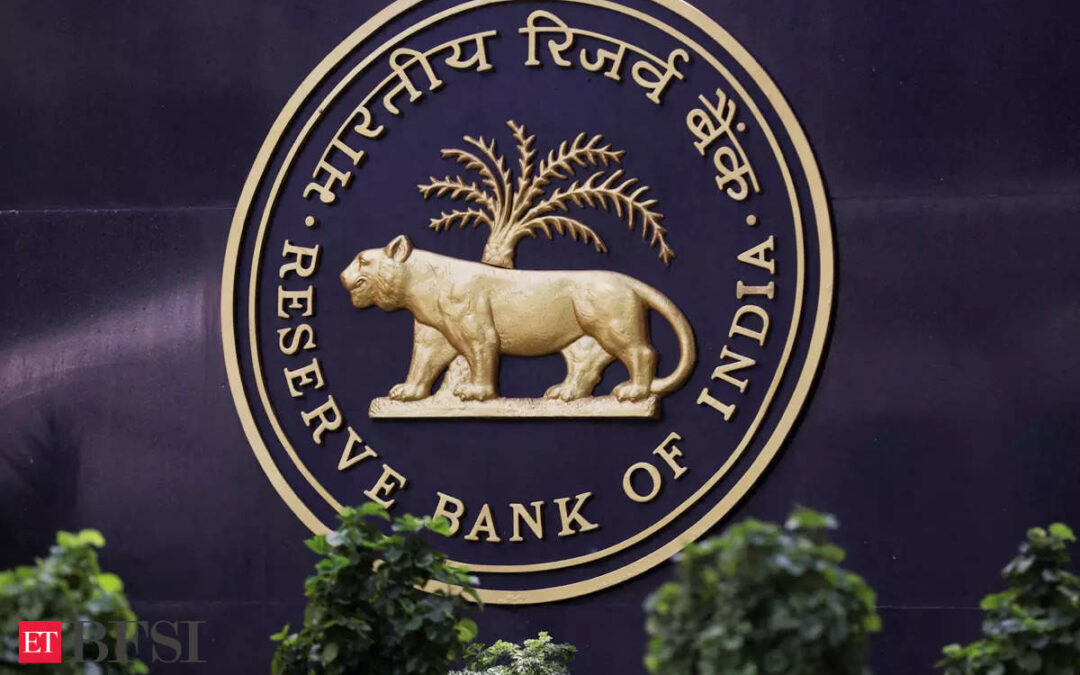Mumbai: It is well known that food inflation has been a thorn in the Reserve Bank of India’s (RBI) side for long, but the elections have thrown up a new reason for the central bank to keep rate cuts at bay for the foreseeable future – a potentially new fiscal landscape led by populist spending.
Exit polls last week had predicted a resounding majority for the BJP-led National Democratic Alliance.
This had led to widespread speculation in bond markets that the Centre, which has recently received a record-high surplus dividend from the RBI, could use the extra funds to sharply reduce fiscal deficit. The results, however, present a different situation.
“While political stability should help ensure continuity in policy agenda, we see risk of populist bias in the third term targeted towards lower income strata and change in economic policy dynamics with tougher reforms getting pushed further out,” said Tanvee Gupta Jain, economist, UBS Securities. “In the upcoming budget (in July), our base case is for the government to stick to a medium-term fiscal consolidation roadmap but with a populist bias.”
While markets did not expect a rate cut at the RBI’s next policy statement on June 7, the prospect of the Centre taking sharp strides towards fiscal consolidation and bringing down its borrowing would have given the central bank plenty of comfort on aggregate demand conditions in the economy. Tellingly, the reaction in India’s overnight indexed swap market on Tuesday indicates very slim chances of rate cuts in 2024 as traders consider the potentially inflationary impact of more public spending.
“The BJP will be dependent on regional allies like Telugu Desam and Janata Dal (Secular) and make policy adjustments accordingly. Second, there will be greater demand to stimulate consumption in the economy from both the BJP and allies,” said Madhavi Arora, lead economist at Emkay Global Financial Services.
The saving grace for the government, however, is the large fiscal elbow room that has been opened up because of the RBI’s transfer of Rs 2.11 lakh crore as surplus to the government – more than double the amount that was budgeted as dividend from the central bank and PSU institutions. If the government indeed needs to spend more to boost consumption in the economy – a scenario that could assume more importance now before state government elections – the RBI’s surplus transfer allows it to do so without severely upsetting the fiscal applecart.
“The government already has ₹1 lakh crore of additional income which can be used in different ways. I don’t think there is a major conundrum for the government,” said Madan Sabnavis, chief economist, Bank of Baroda.
“Let’s assume that there were no constraints at all, the government could have probably targeted a 4.9% fiscal deficit this year instead of 5.1%, but I don’t think there is a rush to do it right now because we are following the prudential path of gradually going back to 4.5%.”











